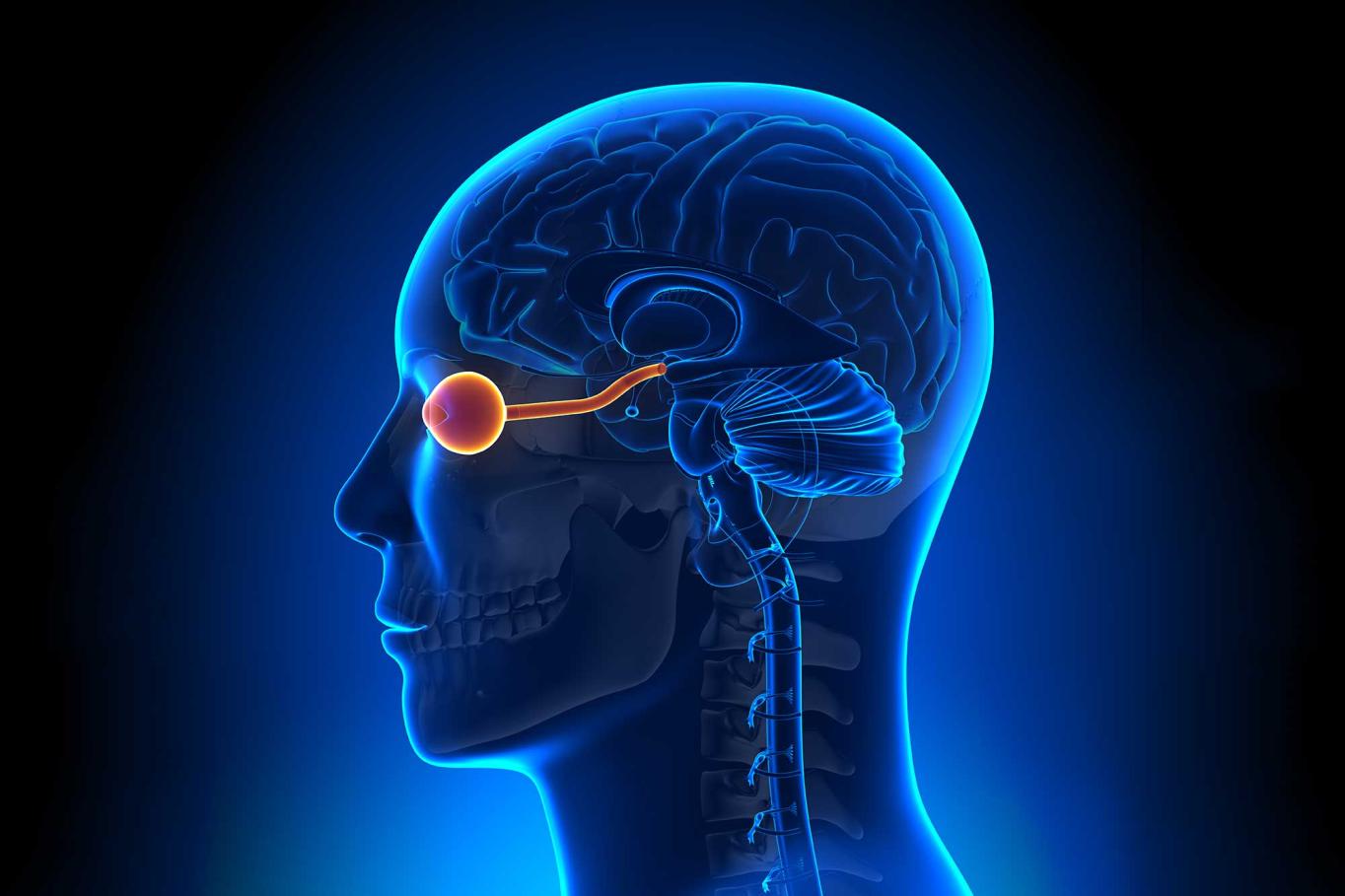What Are the Major Structures of the Brain and How Do They Work Together?
The human brain is an incredibly complex organ, responsible for controlling everything from our thoughts and emotions to our movements and bodily functions. Understanding the major structures of the brain and how they work together is essential for comprehending the intricate workings of this remarkable organ.

Major Structures Of The Brain
Cerebrum
The cerebrum is the largest part of the brain, divided into two hemispheres: the left and right hemispheres. It is responsible for a wide range of cognitive functions, including thinking, learning, memory, and language. The cerebrum also controls voluntary movement and sensory perception.
Cerebellum
The cerebellum is located at the back of the brain, below the cerebrum. It is responsible for coordinating movement, balance, and equilibrium. The cerebellum also plays a role in motor learning, helping us to refine and improve our movements over time.
Brainstem
The brainstem connects the cerebrum and cerebellum to the spinal cord. It is responsible for regulating basic life functions such as breathing, heart rate, and blood pressure. The brainstem also controls reflexes such as swallowing, coughing, and sneezing.
Limbic System

The limbic system is a network of structures involved in emotion, motivation, and memory. It includes the amygdala, hippocampus, and hypothalamus.
- Amygdala: Processes emotions, particularly fear and aggression.
- Hippocampus: Involved in memory formation and consolidation.
- Hypothalamus: Regulates hormones, body temperature, and sleep-wake cycles.
Basal Ganglia
The basal ganglia is a group of structures involved in motor control and learning. It includes the caudate nucleus, putamen, and globus pallidus.
How The Major Structures Work Together
Integration Of Information

The brain receives sensory information from the body and environment through various sensory organs. This information is processed by different brain regions, which work together to form a comprehensive understanding of the world.
Communication And Connectivity
Neurons, the basic units of the brain, communicate with each other through electrical and chemical signals. Neural pathways allow for the transmission of information between different brain regions, enabling communication and coordination between various parts of the brain.
Functional Specialization And Cooperation
Different brain regions have specialized functions, but they also work together to perform complex tasks. For example, the visual cortex is responsible for processing visual information, but it works in conjunction with other brain regions to interpret the meaning of what we see.
The human brain is an incredibly complex organ, and understanding the major structures of the brain and how they work together is essential for comprehending its remarkable capabilities. The intricate interplay between different brain regions allows us to perform complex tasks, experience emotions, and interact with the world around us. Further exploration and research in the field of neuroscience will continue to shed light on the mysteries of the human brain and its vast potential.
YesNo

Leave a Reply